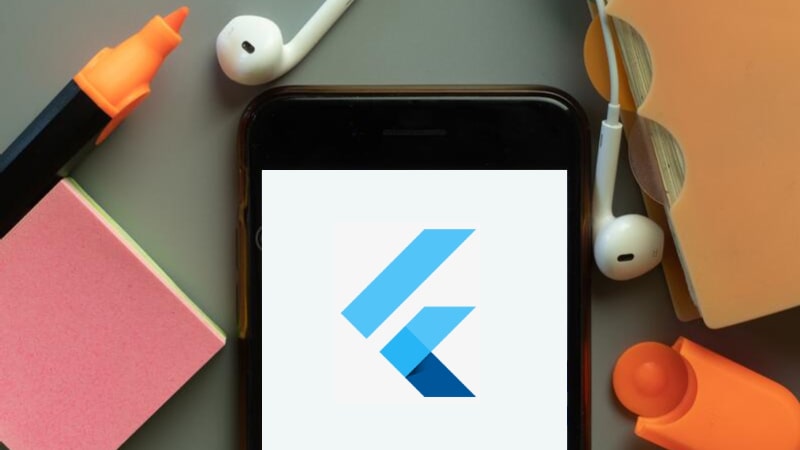
Cross-platform mobile app development has now become much easier than perhaps three or four years ago thanks to hybrid mobile app development frameworks such as Flutter and Xamarin. Flutter was created by Google to develop hybrid mobile, desktop and web applications. Flutter is now one of the most popular mobile software development kits (SDKs) among many companies and development teams around the world. It is a comprehensive UI toolkit Which has a variety of tools and widgets to help you submit cross-platform mobile apps faster and more efficiently.
In this blog post, we'll take a look at some of the main pros and cons of developing a Flutter app, as well as some of the benefits you can get from hiring Flutter app developers for your next cross-platform mobile app development project.
Flutter Architecture
Flutter uses an explicit layered architecture that exists as a series of independent hardware-dependent libraries. Flutter apps are packaged in the same OS as the original app. Flutter is more than just a cross-platform application development platform. Flutter provides us with a rich set of controls for content and cupertino libraries, basic classes, rendering, and widget layers.
Flutter uses a platform-specific embedding device that allows the OS to manage message event loops and interact with services such as input, accessibility, and rendering. An embedding allows developers to integrate pulsing code into an existing application as a module. The language in which the embed device is written may vary depending on the operating system. The iOS embeder is written in Objective-C ++ / Objective-C as well as C ++ for Java and Android. At its core, Flutter Dart uses an engine written in C ++ based on the programming language. With the Skia C ++ graphics engine, Flutter eliminates complex interactions with the underlying hardware components and eliminates the need for a bridge that slows down your application.
Pros of Flutter App Development
Faster development time:
Pulsation is built on a flexible architecture that allows developers to easily add new features, experiment and debug faster. If you are migrating to Native, then you should maintain separate development teams for both Android and iOS. Therefore, by creating your mobile app in Flutter you can save development time because you only need to support a development team. This will help you deliver your product faster, reduce risks and eliminate communication problems. While enjoying the benefits of your productivity at all times.
Compared to other mobile app development frameworks, Flutter app development is more dynamic and flexible. This is because Flutter uses a great feature called Hot Reloading that allows you to make changes to your code and see changes in your application in real time. Hot reloading can come in handy when you are collaborating with a designer to improve the look and feel of your application. This feature gives you the ability to add more features in less time. Also, hot reloading makes it easy for you to add new features again and again to keep users interested.
Well-written documentation:
Flutter's documentation is clear and straightforward, and many free tutorials are available on the Internet. In addition, it has a growing community of developers around the world who are ready to share their knowledge with you and help.
Flexible UI:
Flutter has several built-in widgets and APIs. These include the Rich Motion API, Cupertino (iOS) and Material Design (Android) widgets, and more. The widgets available in Flutter can make your user interface more flexible. This makes it easy to reuse these modules for layouts with different configurations. On the other hand, you or the developers of your Flutter application can create new widgets - customized to your needs, accessing the lowest level of code.
Budget-friendly:
Mobile applications built using Flutter do not require much development time, which makes them less expensive than developing native applications. Because Flutter allows developers to release products faster, it is ideal for manufacturing minimally viable products (MVPs).
Code Reusability:
Flutter allows 100% code reuse between iOS and Android apps. The reusability of your code helps you build your product faster.
Near-native performance:
Since the Flutter app lacks a bridge to interact with native components, the performance we get from the app built on Flutter is comparable to the native app. What's more, Flutter apps provide 60 or 120 frames per second (fps) performance on devices with a 120Hz refresh rate. It helps you to develop applications that are capable of delivering the same performance as native applications.
Support for native APIs:
Flutter can interface seamlessly with your device's hardware components, just like native apps. Compared to other mashups, Flutter supports many native APIs.











